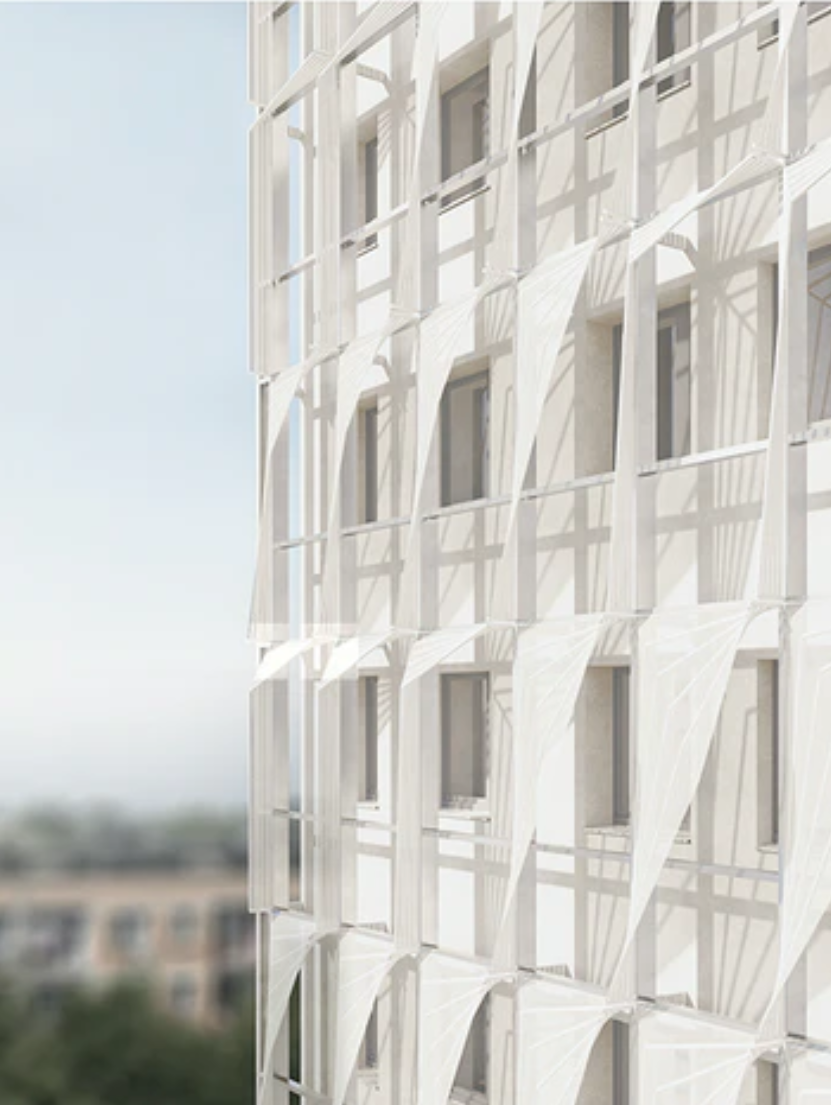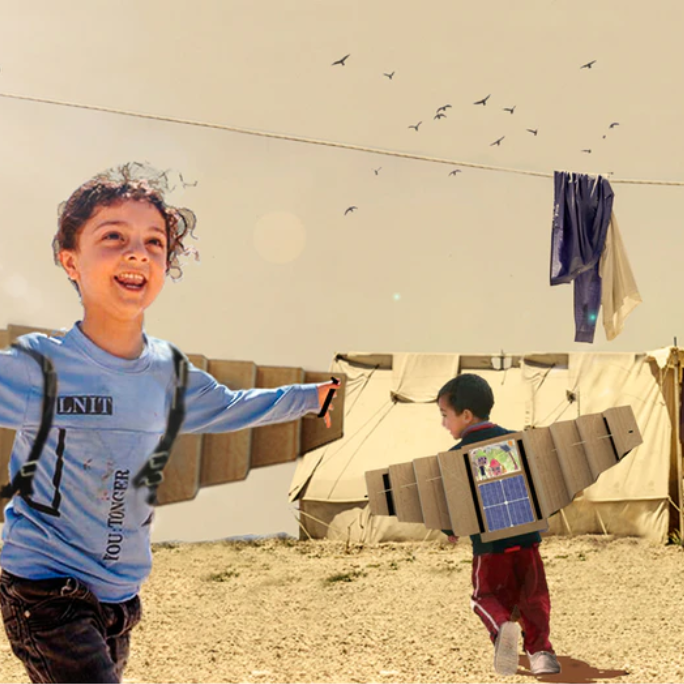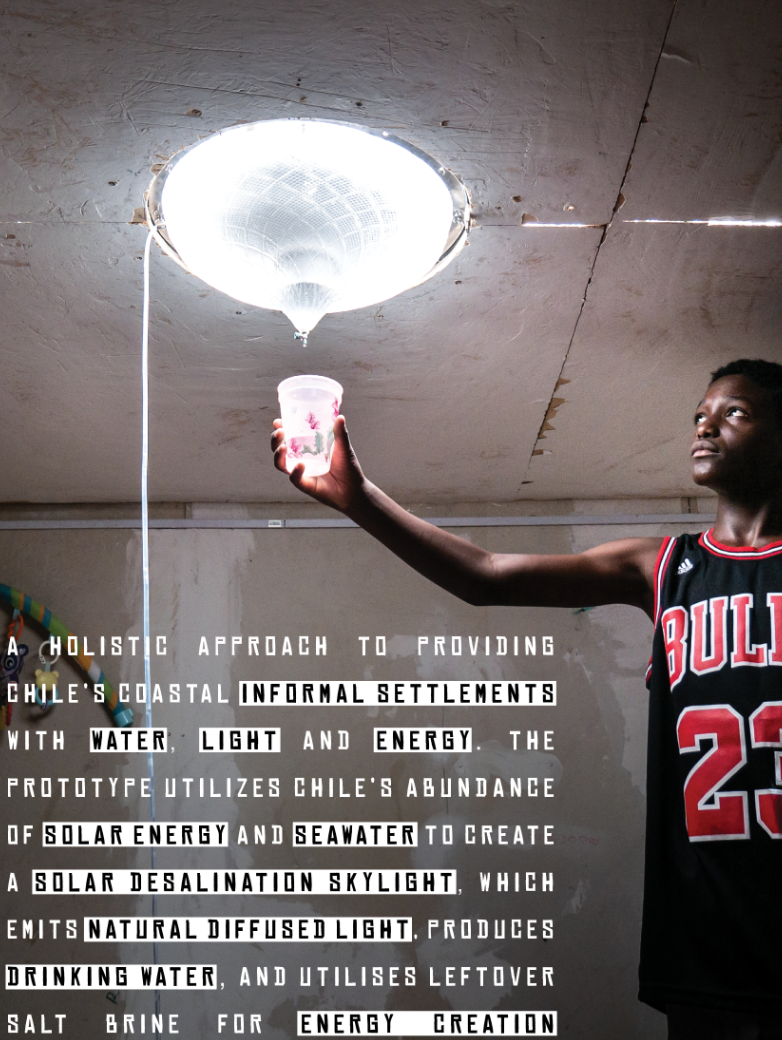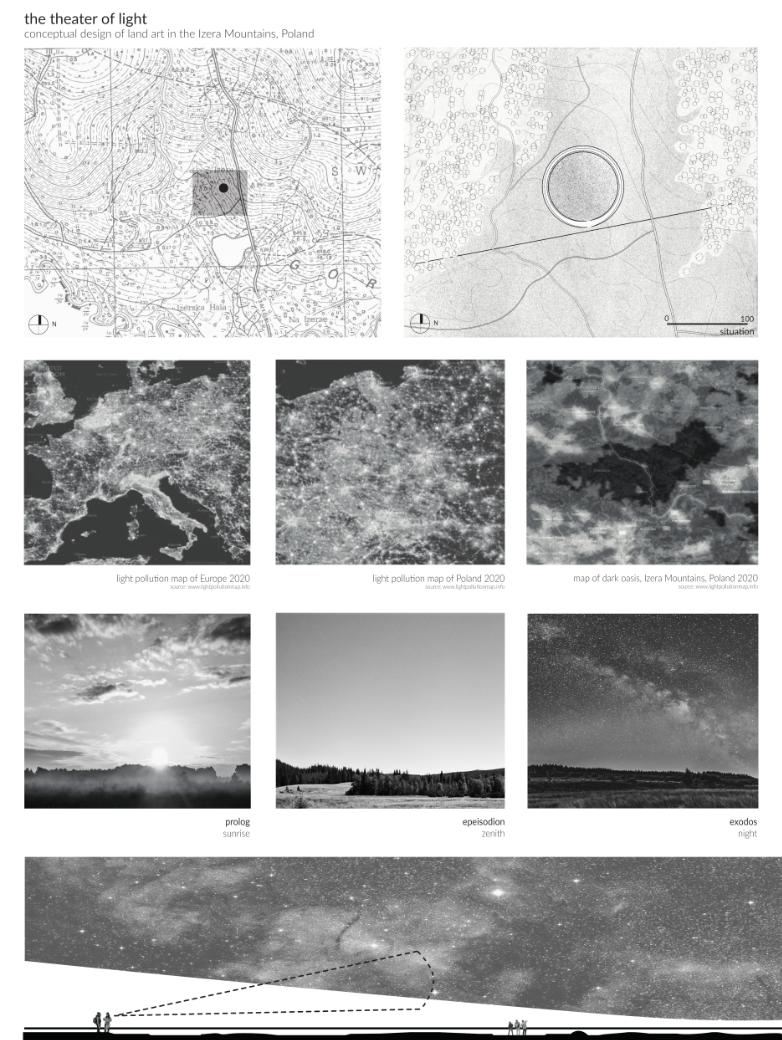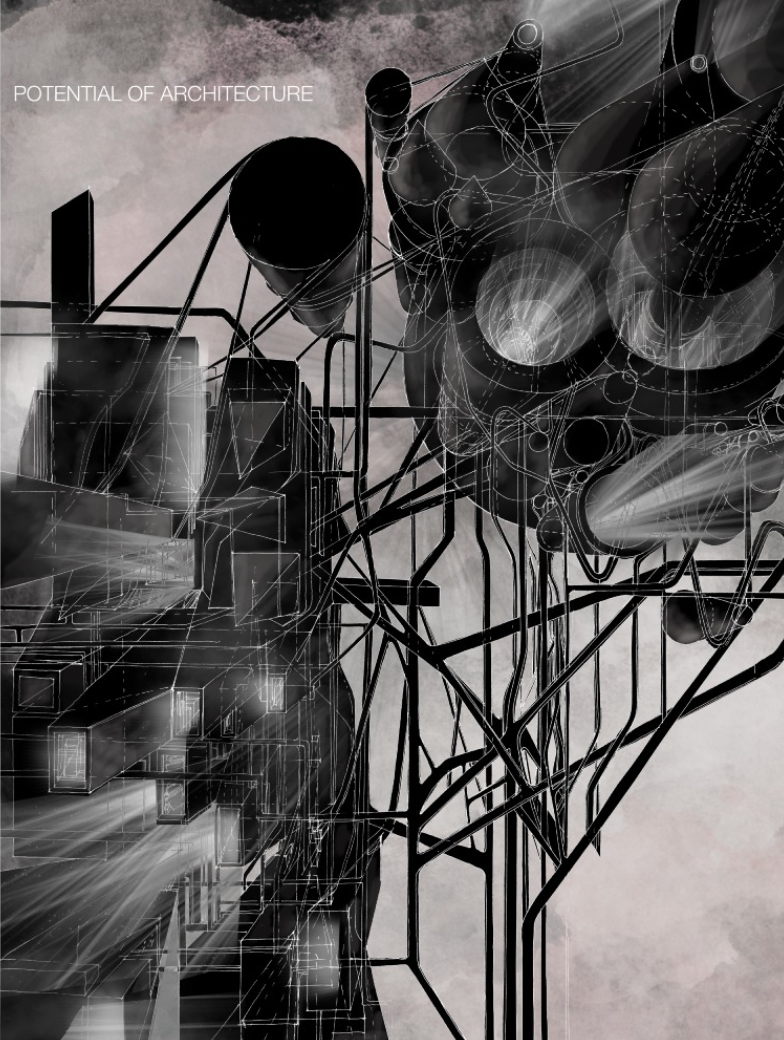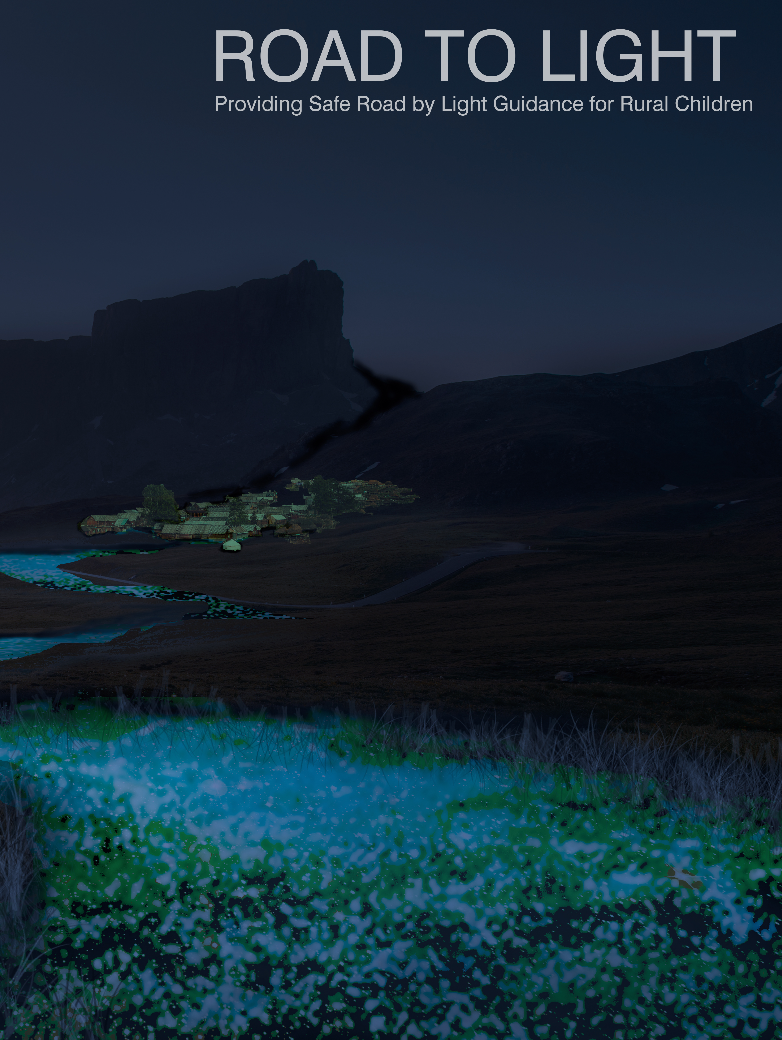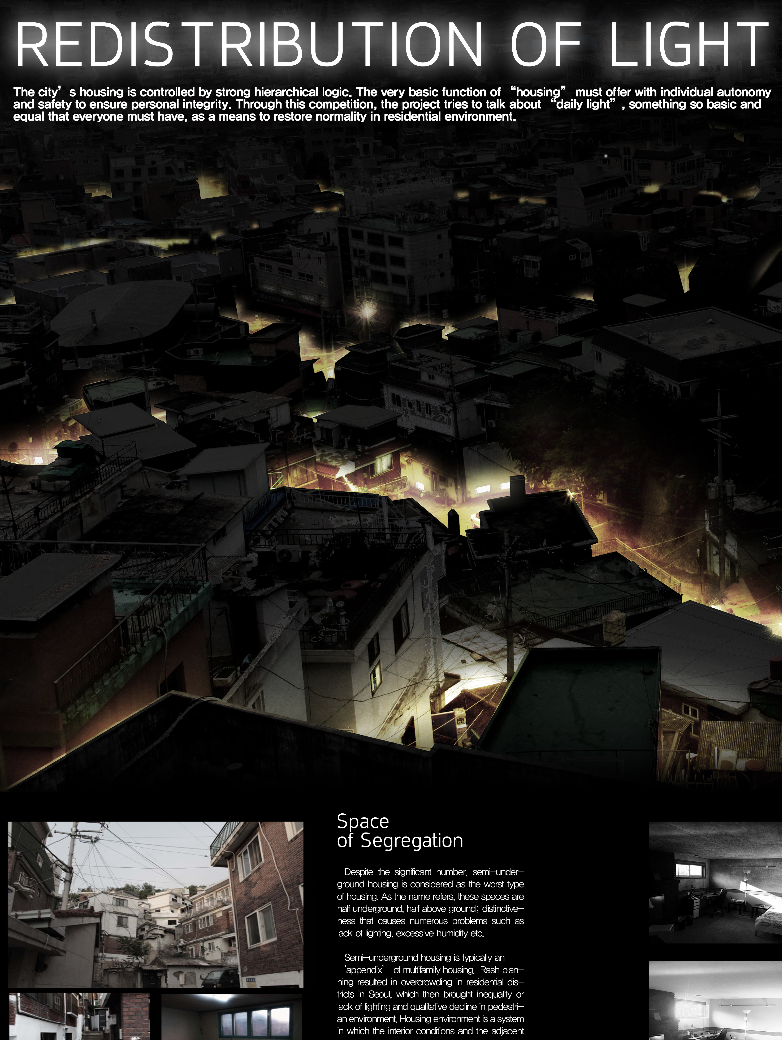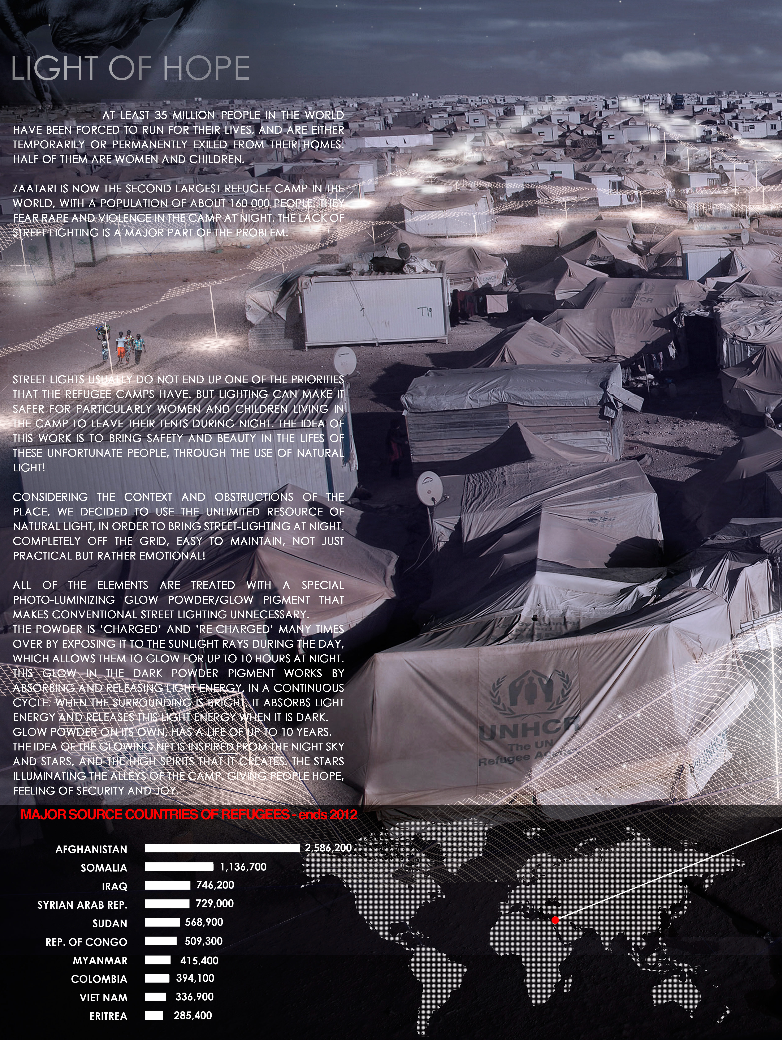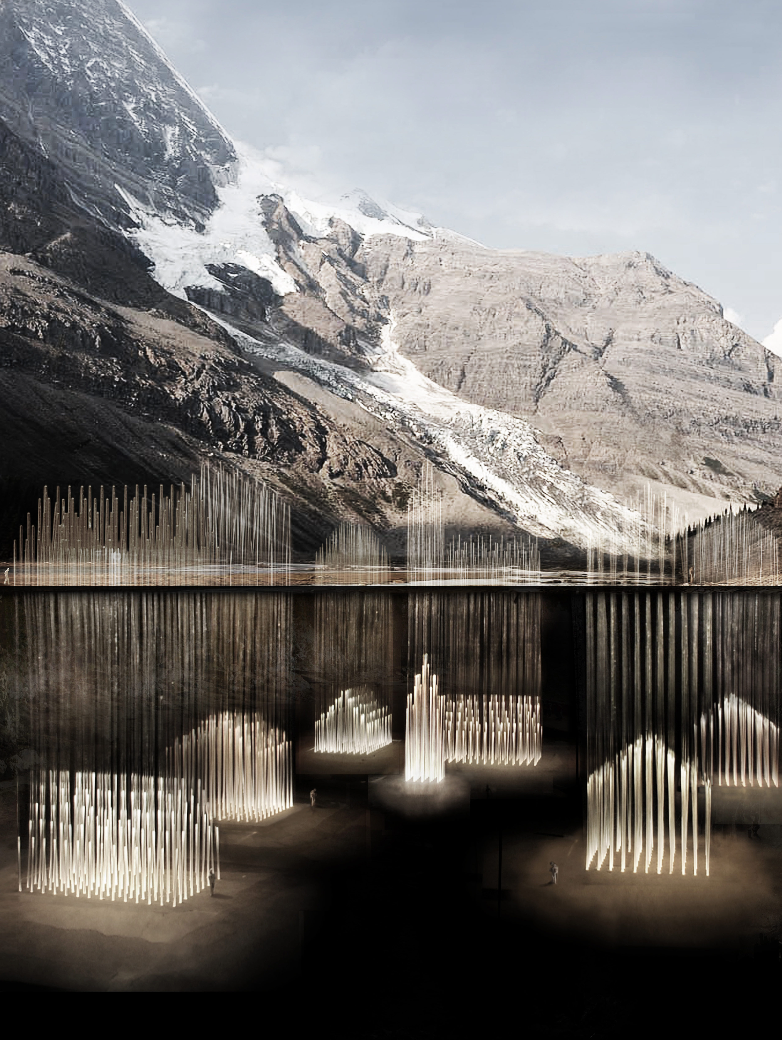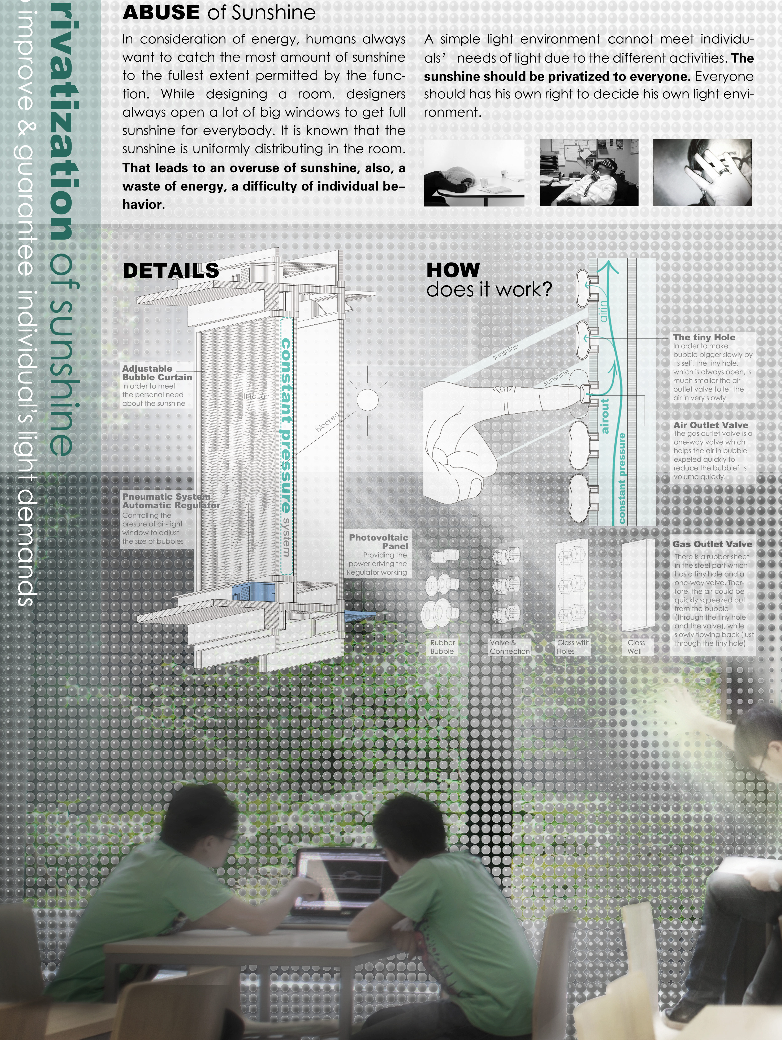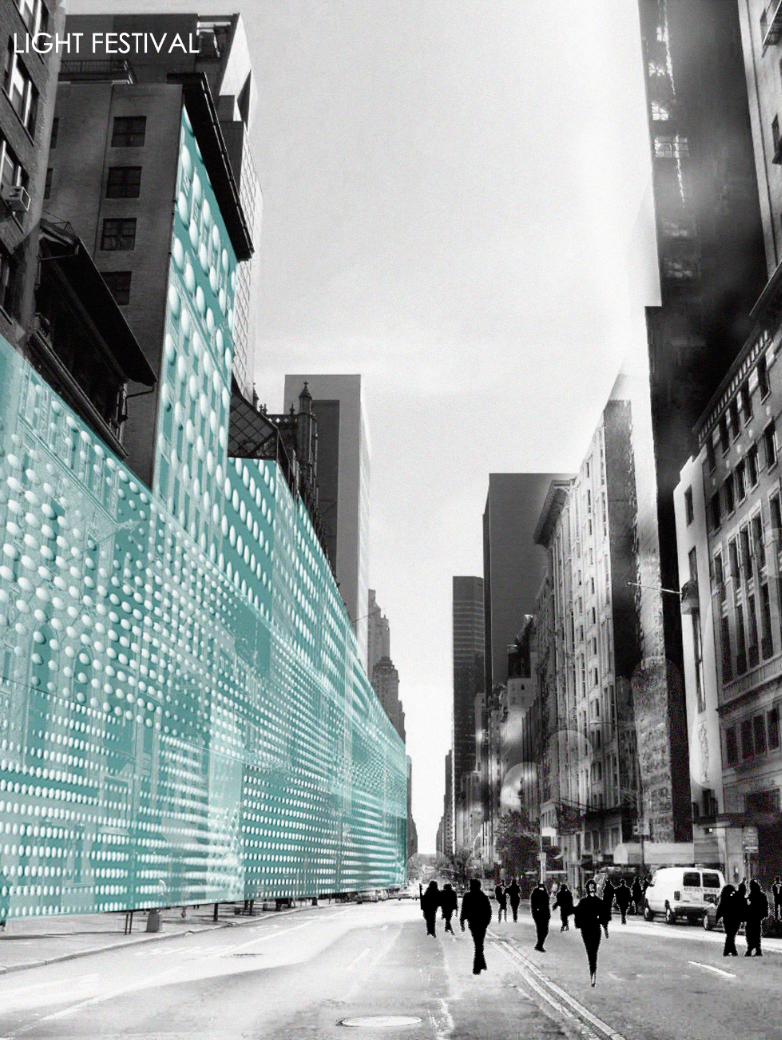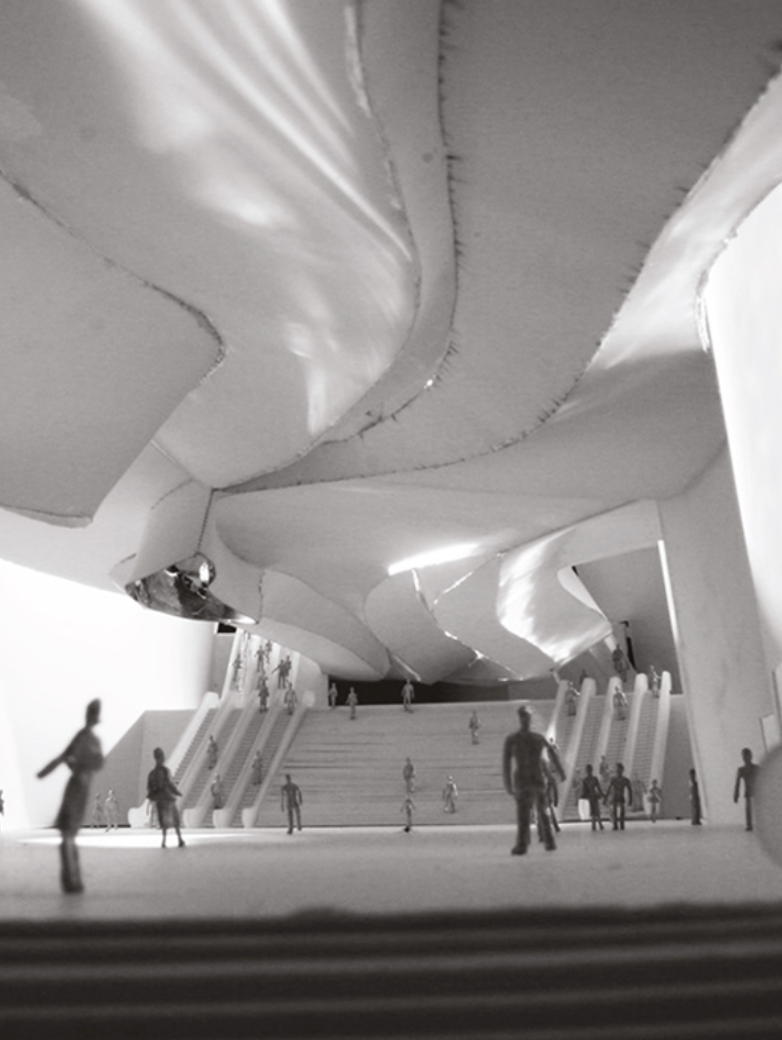Gaplight Collective: Neighbourly Daylight
Sharing
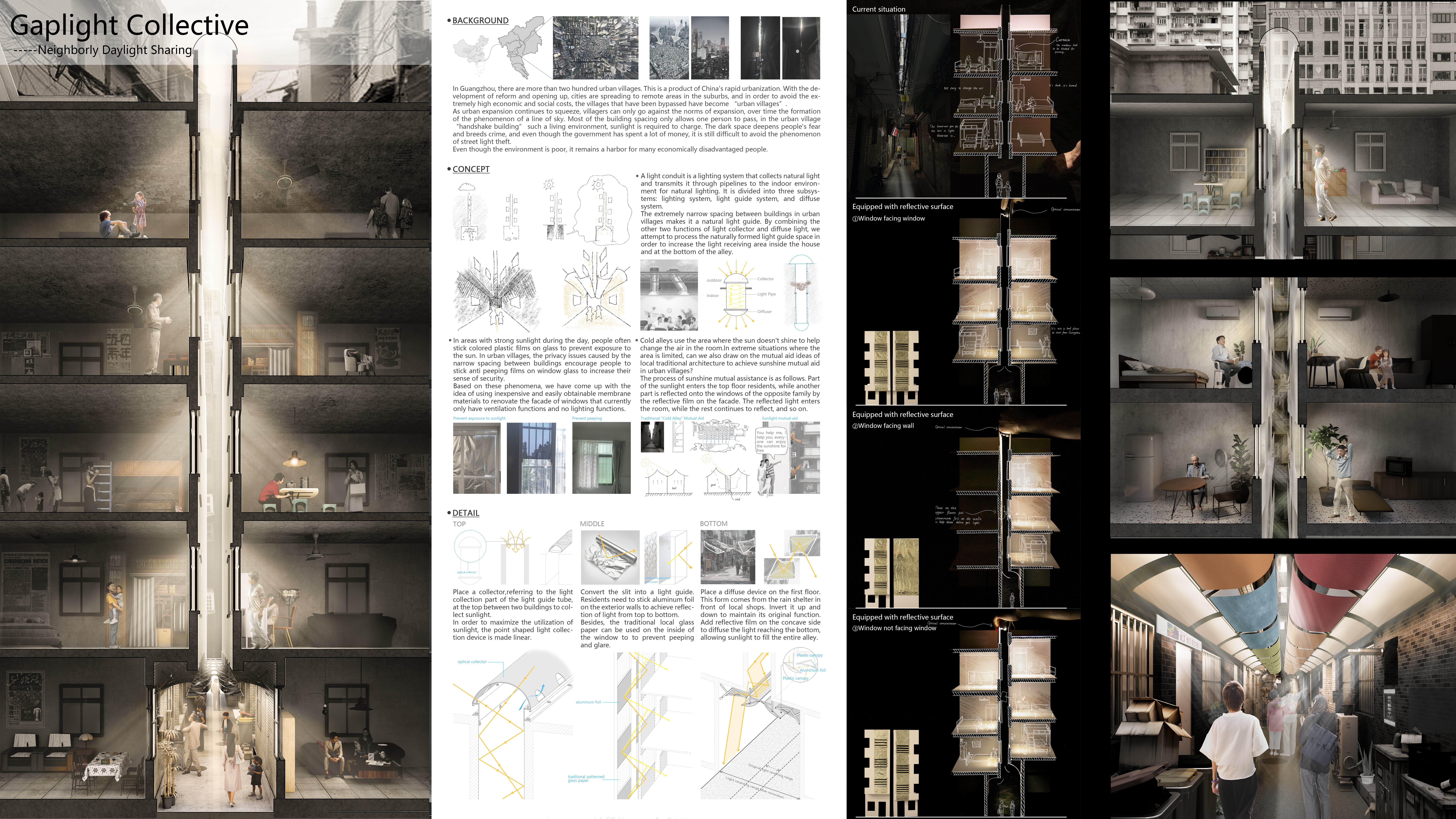
Category
Daylight Investigations - Region 4: Asia and Oceania
Students
Zehong Zhang, Ruotong Luo, Jiaxun Song, Dasen Li & Xinyue Dong
Teacher
Zhenghao Lin
School
South China University of Technology
Country
China
Download
Download project board ↓
In Guangzhou, there are more than two hundred urban villages. This is a product of China’s rapid urbanization. With the development of reform and opening up, cities are spreading to remote areas in the suburbs, and in order to avoid the extremely high economic and social costs, the villages that have been bypassed have become “urban villages”. As urban expansion continues to squeeze, villagers can only go against the norms of expansion, over time the formation of the phenomenon of a line of sky. Most of the building spacing only allows one person to pass, in the urban village “handshake building” such a living environment, sunlight is required to charge. The dark space deepens people’s fear and
breeds crime, and even though the government has spent a lot of money, it is still difficult to avoid the phenomenon of street light theft. Even though the environment is poor, it remains a harbor for many economically disadvantaged people.
Concept :A light conduit is a lighting system that collects natural light and transmits it through pipelines to the indoor environment for natural lighting. It is divided into three subsystems: lighting system, light guide system, and diffuse system. The extremely narrow spacing between buildings in urban villages makes it a natural light guide. By combining the other two functions of light collector and diffuse light, we attempt to process the naturally formed light guide space in order to increase the light receiving area inside the house and at the bottom of the alley.
In areas with strong sunlight during the day, people often stick colored plastic films on glass to prevent exposure to the sun. In urban villages, the privacy issues caused by the narrow spacing between buildings encourage people to stick anti peeping films on window glass to increase their sense of security. Based on these phenomena, we have come up with the idea of using inexpensive and easily obtainable membrane materials to renovate the facade of windows that currently only have ventilation functions and no lighting functions. Cold alleys use the area where the sun doesn’t shine to help change the air in the room. In extreme situations where the area is limited, can we also draw on the mutual aid ideas of local traditional architecture to achieve sunshine mutual aid in urban villages?
The process of sunshine mutual assistance is as follows. Part of the sunlight enters the top floor residents, while another part is reflected onto the windows of the opposite family by the reflective film on the facade. The reflected light enters the room, while the rest continues to reflect, and so on. Place a collector, referring to the light collection part of the light guide tube, at the top between two buildings to collect sunlight. In order to maximize the utilization of sunlight, the point shaped light collection device is made linear. Convert the slit into a light guide. Residents need to stick aluminum foil on the exterior walls to achieve reflection of light from top to bottom. Besides, the traditional local glass paper can be used on the inside of the window to to prevent peeping and glare. Place a diffuse device on the first floor. This form comes from the rain shelter in front of local shops. Invert it up and down to maintain its original function. Add reflective film on the concave side to diffuse the light reaching the bottom, allowing
sunlight to fill the entire alley.
